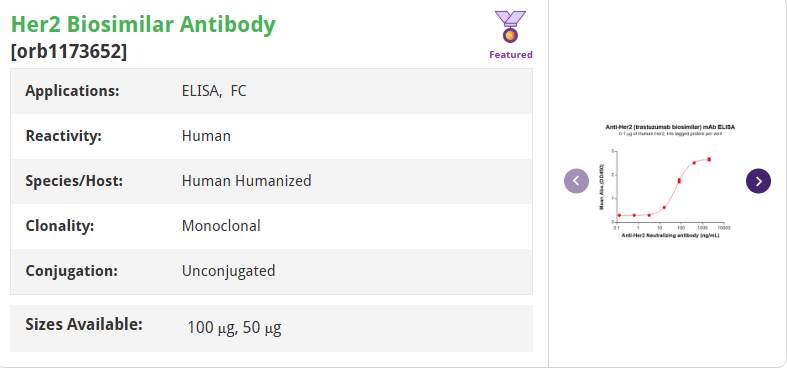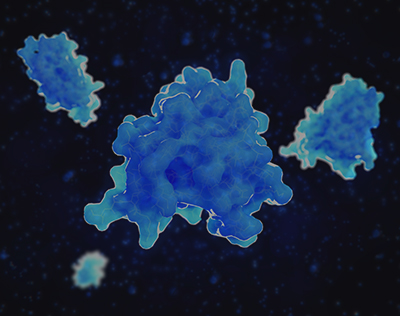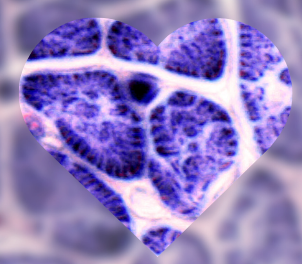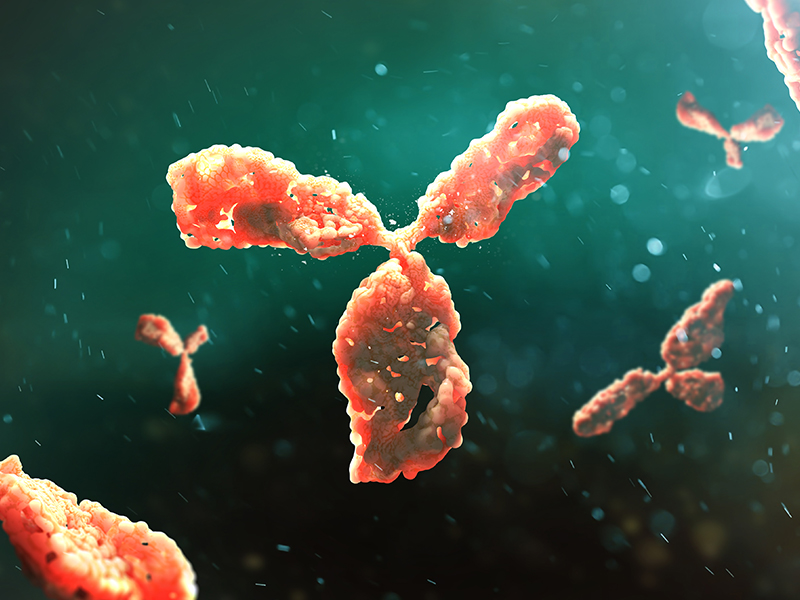You have no items in your shopping cart.
In the era of precision medicine, monoclonal antibodies (mAbs) have become a cornerstone of targeted therapeutics, particularly in oncology and immunology. A monoclonal antibody is a laboratory-produced protein that mimics natural antibodies by binding to a specific epitope on a target antigen (e.g., a cell surface receptor). This high specificity minimizes the off-target effects often associated with conventional small-molecule drugs.
Their therapeutic power stems from diverse mechanisms of action (MoA):
- Blockade / Neutralization: The mAb binds to and physically blocks a target, preventing it from binding its natural ligand (e.g., Anti-TNF-alpha blocking its receptor; anti-PD-1 blocking the immune checkpoint).
- Agonism: The mAb binds and activates a receptor, mimicking the natural ligand to stimulate a desired signaling pathway.
- Targeted Delivery: The mAb serves as a delivery vehicle. In Antibody-Drug Conjugates (ADCs), the mAb is linked to a potent cytotoxic payload, which it delivers specifically to antigen-expressing cells (e.g., tumor cells).
- Immune Effector Function: The Fc (Constant) region recruits the innate immune system. This includes Antibody-Dependent Cell-mediated Cytotoxicity (ADCC), where NK cells kill targeted cells, and Complement-Dependent Cytotoxicity (CDC), leading to cell lysis.
The primary challenge of early therapeutic antibodies was immunogenicity. Antibodies derived from mice (murine) were recognized as foreign by the human immune system, triggering a Human Anti-Mouse Antibody (HAMA) response. To solve this, scientists developed a four-generation "humanization" process, reflected in the drug's nomenclature:
Suffix | Type & Composition | Description |
|---|---|---|
-omab | Murine (100% Mouse) | The original mAbs. They are highly immunogenic and rarely used therapeutically today. |
-ximab | Chimeric (~70% Human) | Mouse variable regions (Fv) are "stitched" onto a human constant region (Fc) framework (e.g., Rituximab). |
-zumab | Humanized (>90% Human) | Only the mouse hypervariable loops—the Complementarity-Determining Regions (CDRs)—are grafted onto a human framework (e.g., Trastuzumab). |
-umab | Fully Human (100% Human) | Produced via phage display or transgenic mice with a human immune repertoire, offering the lowest possible immunogenicity (e.g., Adalimumab). |
In basic and translational research, "humanized antibodies" often refer to research-grade biosimilars. These reagents are critical for simulating drug effects in vitro or in animal models to study mechanisms of action, investigate drug resistance, or identify biomarkers. Key targets include:
- Anti-PD-1: A cornerstone of immuno-oncology. Research antibodies targeting PD-1 are essential for studying immune checkpoint blockade, T-cell activation, and tumor immune evasion mechanisms.

- Anti-HER2: A model for biomarker-driven therapy. Trastuzumab (Herceptin) revolutionized breast cancer treatment. Research-grade anti-HER2 is used to study signaling pathways and novel ADCs.

- Anti-TNF-alpha: A foundational target in immunology. As a key pro-inflammatory cytokine, blocking TNF-alpha is a primary treatment for autoimmune diseases like rheumatoid arthritis.

- Anti-VEGF: The primary target for anti-angiogenesis therapy. By inhibiting Vascular Endothelial Growth Factor (VEGF), these antibodies "starve" tumors by preventing new blood vessel formation.

The evolution of antibody engineering, driven by recombinant technology, has created a powerful class of therapeutics. Understanding the progression from murine to fully human constructs is essential for any researcher working in drug development or molecular biology.





